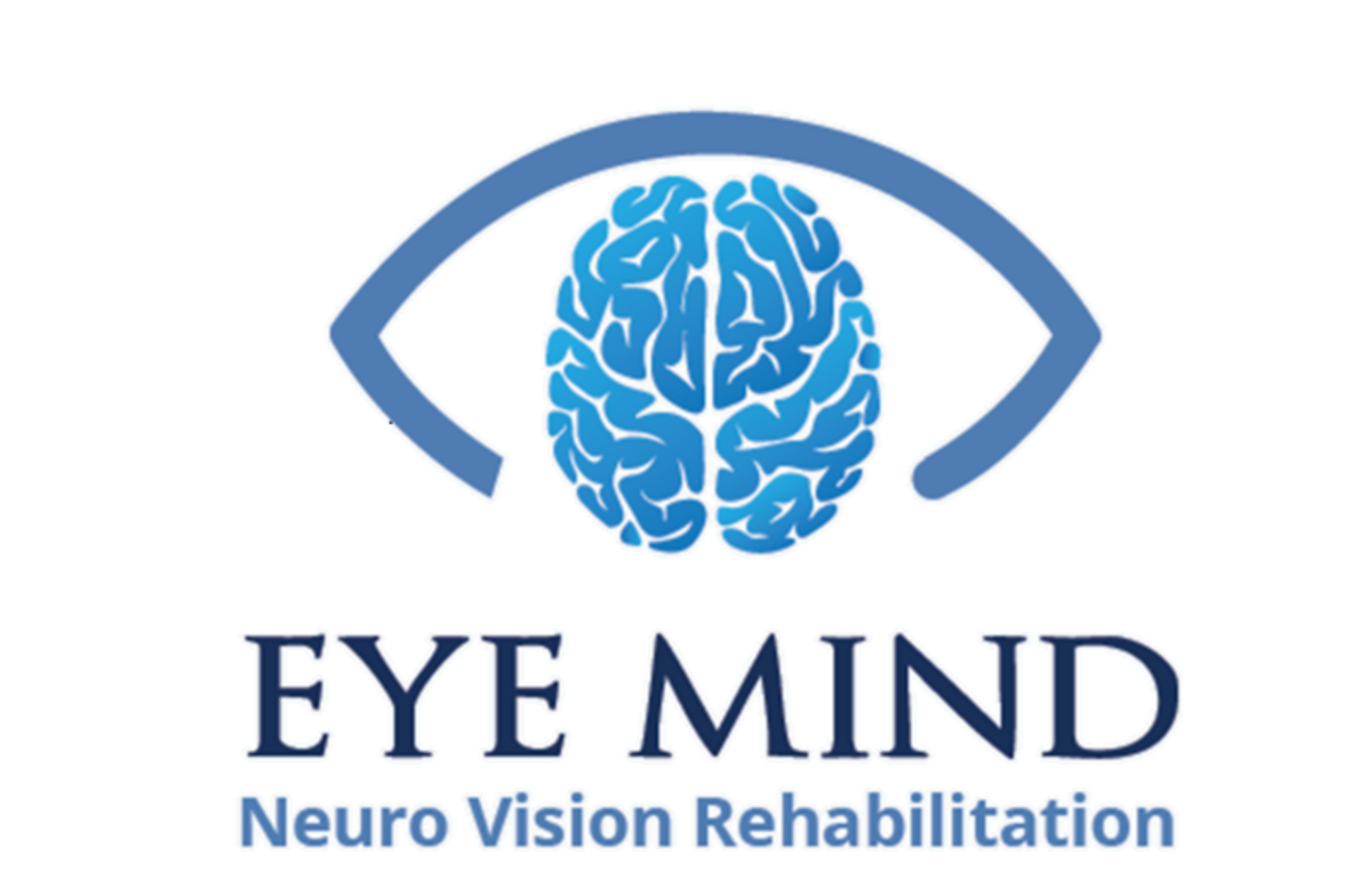What Is a Headache?
Those unpleasant pains in your head that feel like achy pressure are headaches. The pain can range from mild to severe, usually affecting both sides of your head. Some target areas include the temples, forehead, and upper neck. A headache can last anywhere from 10 minutes to several days.
Tension headaches are the most common type of headache, and patients say they feel like their forehead is being forcefully squeezed by a tight band. Eye pain commonly accompanies a tension headache. While the cause of tension headaches is unknown, visual misalignment can produce identical symptoms to a tension headache, as will be discussed below.
What Is a Migraine?
A migraine is a more intense form of headache, and its symptoms tend to be more debilitating and frequent than common headaches. Migraines also tend to target one side of the face or head, and pain can last for hours or days. For some patients, a migraine starts with the presence of an aura, which can include visual disturbances such as flashing lights or blind spots. During a migraine, one may find it difficult to speak or think clearly. Furthermore, migraines can produce a tingling sensation or numbness in the limbs or extremities. Migraines are often accompanied by vomiting, nausea, and heightened sensitivity to light and sound.
Visual Dysfunction and the impact on Migraines and Headaches
There are several types of visual deficiencies that can lead to headaches or migraines. One of the most common types is binocular visual disorder. A binocular vision problem refers to a misalignment of the eyes and can result from a stroke or TBI. When the eyes struggle to function together, they may become strained and overworked in an effort to correct the problem. This high amount of ocular stress can produce painful physical symptoms that can sometimes be mistaken for other conditions. For example, a headache that is rooted in visual misalignment is often mistaken for a sinus headache.
Convergence insufficiency and accommodative dysfunction are both well-studied forms of binocular dysfunction and can cause or exacerbate symptoms of both common headaches and migraines.
